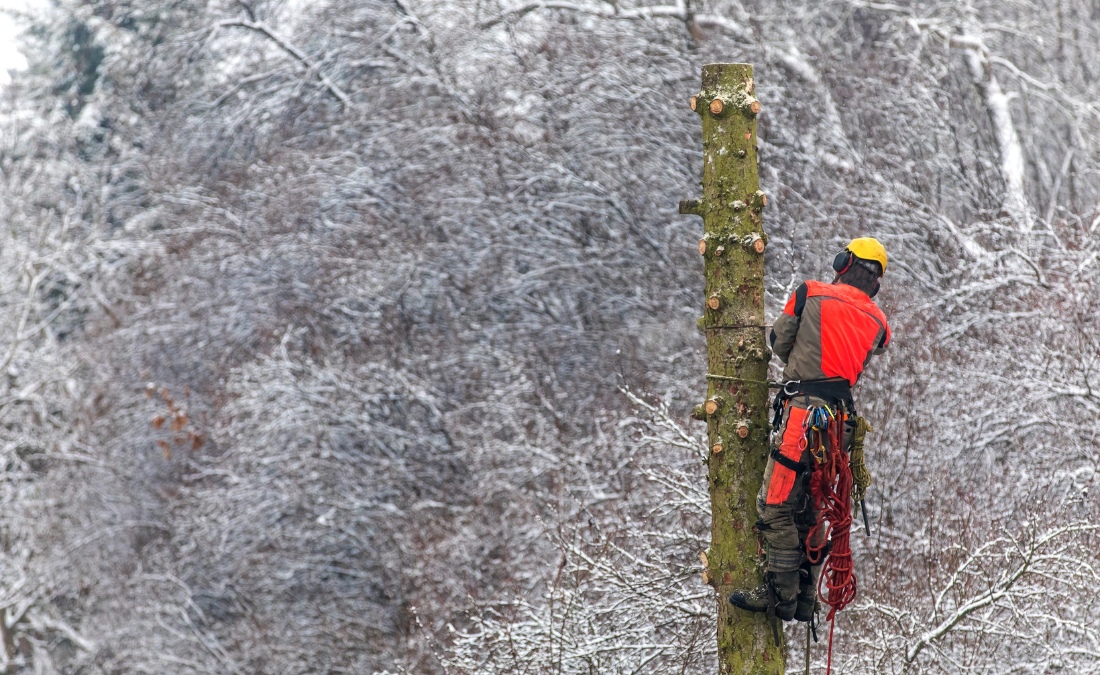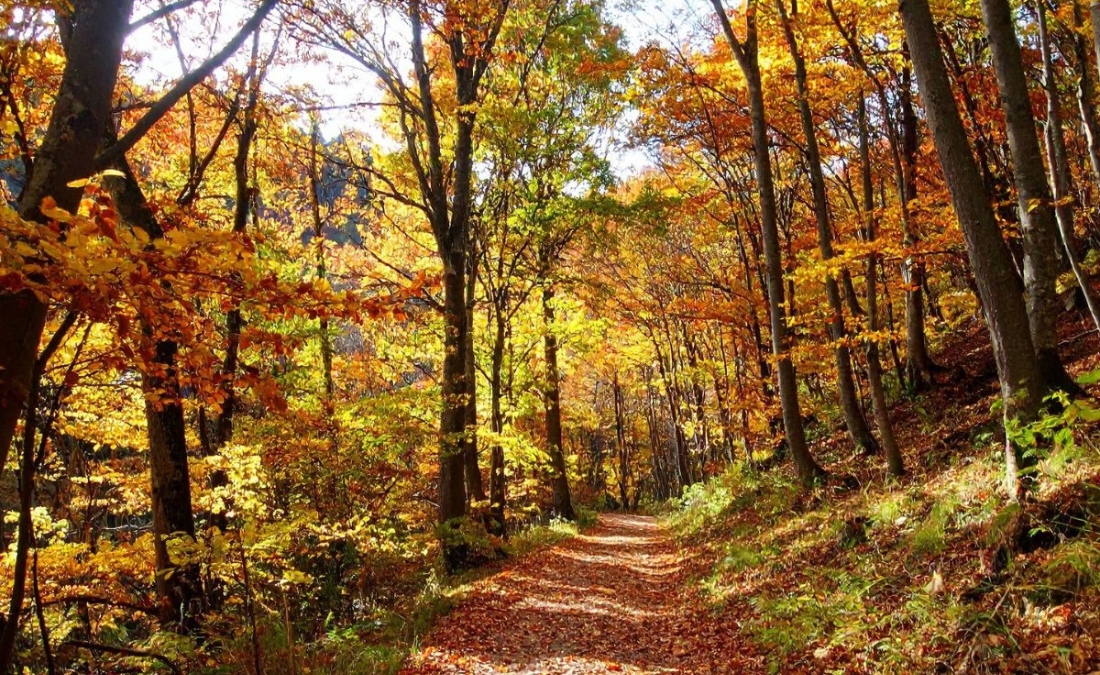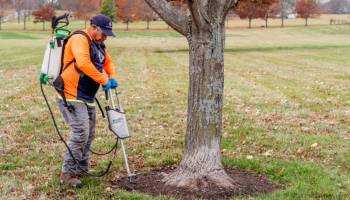Crabapple Trees: Your Tree Care Guide

Crabapples trees are showstoppers in gardens and home lawns across the country.
Getting to Know the Charming Crabapple Tree
The Crabapple tree is a beautiful fruit tree that blooms in the spring with white, pink and crimson flowers, often weighing the branches at their peak bloom. Crabapple trees come in many shapes and sizes, making them adaptable for nearly any landscape. Although resilient in many climates, they are most commonly found within USDA zones 4-8. Wild crabapples thrive in native prairies throughout the Midwest, including the Edwards Plateau in central Texas. Single-stem cultivars dominate the landscape with their mature heights ranging from 6-foot dwarfs to 40-foot mature trees.
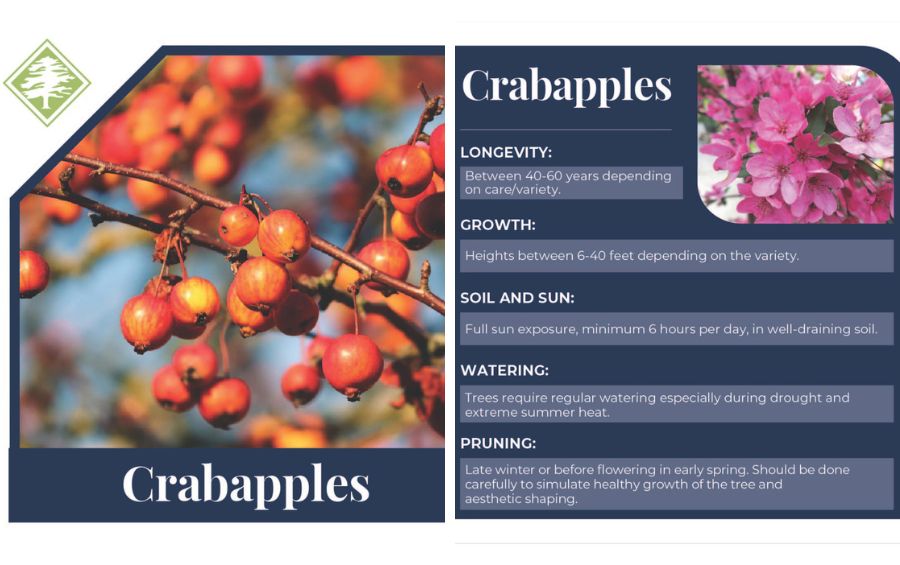
Just before the trees bloom, they “balloon” up in preparation for the large flower blossoms to open up. As they mature, balloons and blossoms come in all varieties of white, bright fuchsia and red. Throughout the season, foliage color can vary from deep rich green to burgundy, with some trees providing dramatic fall color changes.
How to Plant a Crabapple Tree
Because breeders have produced so many types of crabapples, the plant is a staple in gardens across the Midwest. Crabapples serve as natural shade providers and are treated like topiary in the most formal garden settings.
Choose the right location.
Crabapple trees need full sun and well-drained soil. Avoid planting them in areas that are prone to flooding or have poor drainage. The soil should be slightly acidic, with a pH of 6.0 to 6.5. Fruit from your crabapple tree will eventually fall, encouraging wildlife to forage, so it is best to plant the trees over perennials or open ground rather than picnic tables, manicured turf, patios or driveways.
Prepare the soil.
Before planting, loosen the soil in the planting hole to a depth of the root ball. Add compost or other organic matter to the soil to improve drainage and fertility.
Plant the tree.
Place the tree in the hole so that the top of the root ball is level with the surrounding soil. Backfill the hole with soil, tamping it down firmly as you go. Water the tree deeply after planting.
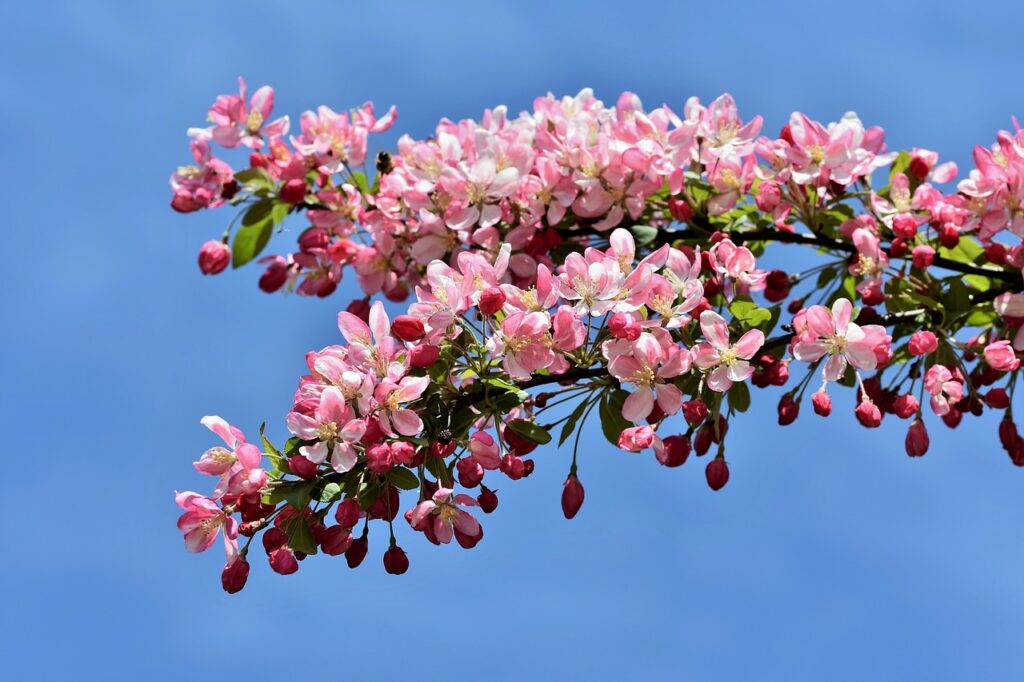
Mulch around the tree.
Apply a 2- to 3-inch layer of mulch around the tree, extending out to the drip line. Mulch helps to retain moisture, suppress weeds, and protect the tree’s roots from the cold.
At Arbor Masters, we practice comprehensive plant health care from first planting to fully mature trees. We offer fertilizing services to encourage healthy plant growth. With proper care, crabapple trees can live for many years and provide beauty and shade to your landscape.
PRO TIP: Want to learn more about common tree species in the Midwest and Great Plains and how to care for them? See our other articles covering the basics of many local trees:
Caring for Your Crabapple Tree
The biggest challenges to keeping a crabapple tree from being too crabby are providing ample sun and maintaining well-drained soil. Many ornamental trees can tolerate some shade but will be denser if given 6 hours or more of sunlight. Any effort to give a tree a chance to thrive will reduce the chances of stress. Most pests and diseases can be partly attributed to a tree struggling to meet its basic needs for food, water, and shelter.
As always, mulching around the base of your tree will increase its happiness and resilience by keeping mowers and string trimmers from breaking through its protective bark. A two-foot or more radius around any tree trunk of mulch increases its protection from encroaching turf, aggressive climbing vines, and mowers. The broader the mulch ring, the better. Biodegradable mulch mimics the woodland floor of leaf litter and constant production of compost. It also helps retain moisture that is critical in the hot, dry summers of Texas, Oklahoma, Kansas, Missouri and Iowa.
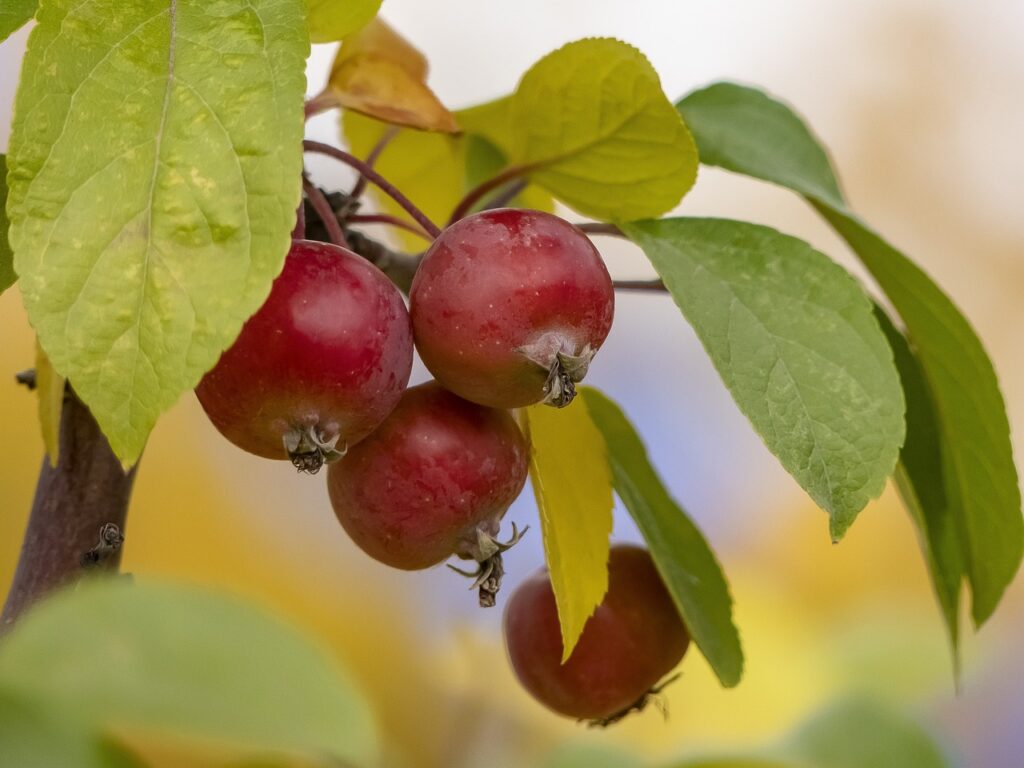
A Cut Above: Pruning Your Crabapple Tree
Crabapples, having evolved from a thicket-forming shrub, will grow “suckers” at the base. These should be regularly pruned to keep the growth directed toward the main trunk. To avoid causing damage to your crabapple tree, we recommend regularly scheduled maintenance from a certified arborist.
Crabapple branches can get so dense and multi-directional that they can appear entangled, even blocking most light from penetrating the ground below. It is best to keep pruning cuts to less than 1 inch diameter, spreading the pruning regimen out across years. Pruning deliberately can emphasize the jagged interplay of branches zigging and zagging, most visible in dormancy and adding to the already dramatic winter fruit display.
Beauty in Diversity: Varieties of Crabapple Trees
Crabapple trees come in many shapes in sizes. Each variety is unique and can bring a one-of-a-kind presence to your yard or garden.
- Native Crabapple ‘Prairie Crabapple’ is a shrublike, native tree that grows to 20 feet tall. It produces subtle white to pastel pink blooms, occasionally bearing thorns.
- Crabapple ‘Red Jewel’ is a small tree that grows to 15-20 feet tall. It has bright red flowers in the spring and orange-red fruit in the fall.
- Crabapple ‘Sugar Tyme’ is a medium-sized tree that grows to 25-30 feet tall. It has single white flowers in the spring and bright red fruit in the fall.
- Crabapple ‘Royal Raindrops’ is a large tree that grows to 35-40 feet tall. It has double pink flowers in the spring and yellow fruit in the fall.
- Crabapple ‘Spring Snow’ is a small tree that grows to 15-20 feet tall. It has single white flowers in the spring and red fruit in the fall.
- Crabapple ‘Lollipop’ is a dwarf tree that grows to 8-10 feet tall. It has single white flowers in the spring and red fruit in the fall.
These are just a few of the many varieties of crabapple trees available. When choosing a crabapple tree, it is important to consider the size of the tree, the color of the flowers and fruit, and the resistance to diseases.
Not Just a Pretty Face: Uses for Crabapple Tree Fruit
Crabapple fruits can grow to be as small as a pea and as large as a ping pong ball. The branches can be trimmed and added to winter pots as their fruits provide a colorful contrast to spruce and cedar boughs, lasting much of the winter. While the fruit is edible, its bitterness is usually enough to turn away humans. Enough sugar can make anything tasty, so the fruits can be used to make jams and jellies, which are good sources of vitamin C and fiber.

The fruit, while problematic if too close to a driveway or patio, is a benefit to wildlife. According to Iowa State University, they hard fruits gradually become palatable to birds after freezing and thawing several times. The pollen from crabapple trees is also an important food source for bees and other pollinators. Crabapple trees are early bloomers, so they provide pollen and nectar when other plants are not yet in bloom.
Unwanted Guests: Common Crabapple Tree Diseases
Crabapple trees are susceptible to foliar fungi, such as Apple Scab and Cedar Apple Rust. Both visibly affect leaves with multi-color spotting, resulting in leaf loss ahead of annual fall leaf drop.
Nearby eastern red cedar and juniper gall host the Cedar Apple Rust fungus that may be the cause of your crabapple diseases. In summer, galls are dark brown and hard. In spring, galls display the host fungus for Cedar Apple Rust, containing a sphere of bright orange tendrils.
Less common but also problematic is fire blight. Visible symptoms include black stems and foliar wilt on branch tips forming a hook shape. Bark on branches and trunks that appear scorched by flame may indicate a severe case of fire blight. This bacterial disease is treatable with sanitized pruning and
While more uncommon than Apple Scab and other fungal diseases, crabapple trees may still be affected by common pests. Japanese beetles and borers are known to feed on all varieties of trees including the crabapple. These infestations can be treated to protect your trees from the stress of dieback on the trunk and branches, so contact your local Arbor Masters team if you’re noticing insect pressure.
Crabapple vs Apple: Understanding the Differences
The genus Malus includes both closely related crabapple and fruiting apple trees. Here are some of the key differences between crabapple trees and apple trees:

Size
Crabapple trees typically grow 6-40 feet tall compared to apple trees growing to 50 feet.
Fruit
Crabapple fruit is typically 1-2 inches in diameter, while apple fruit can be 2-4 inches in diameter or more. Crabapple fruit is also tart and sour, while apple fruit can be sweet or tart.
Flower Color
Crabapple trees come in a wide variety of flower colors while apple trees typically only have white or pink flowers.
Uses
Crabapple trees are often used as ornamental trees because of their beautiful flowers and colorful fruit. Apple trees are grown for their fruit, which can be eaten fresh, cooked, or used to make juice, cider and other products.
Conclusion: The Crabapple Tree, a Landscape Showstopper
Crabapples provide enough beauty and delight to offset the maintenance that is required to keep them growing happy and healthy. If you are considering adding the crabapple to your home or garden, check with your local nursery for cultivar selections that are disease resistant in your region. After you’ve planted the trees, get in touch with us and we’ll help you keep them from getting too crabby.

Get the latest local news, tree care tips, special offers, and company updates directly to your inbox! It's easy to subscribe and there's no spam - we promise.
"*" indicates required fields



